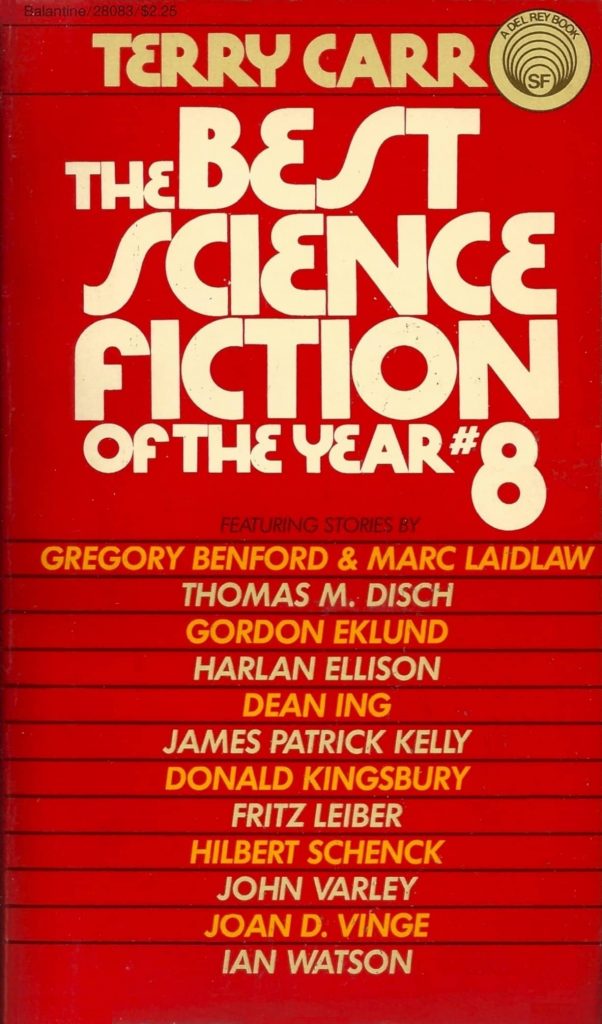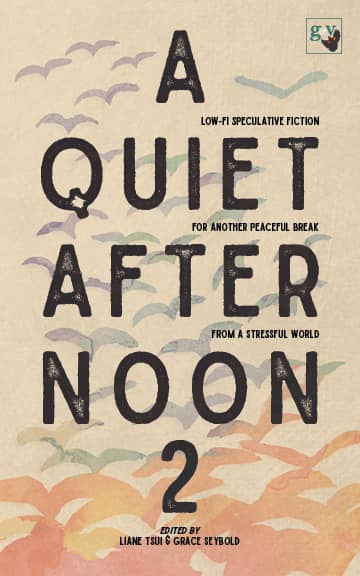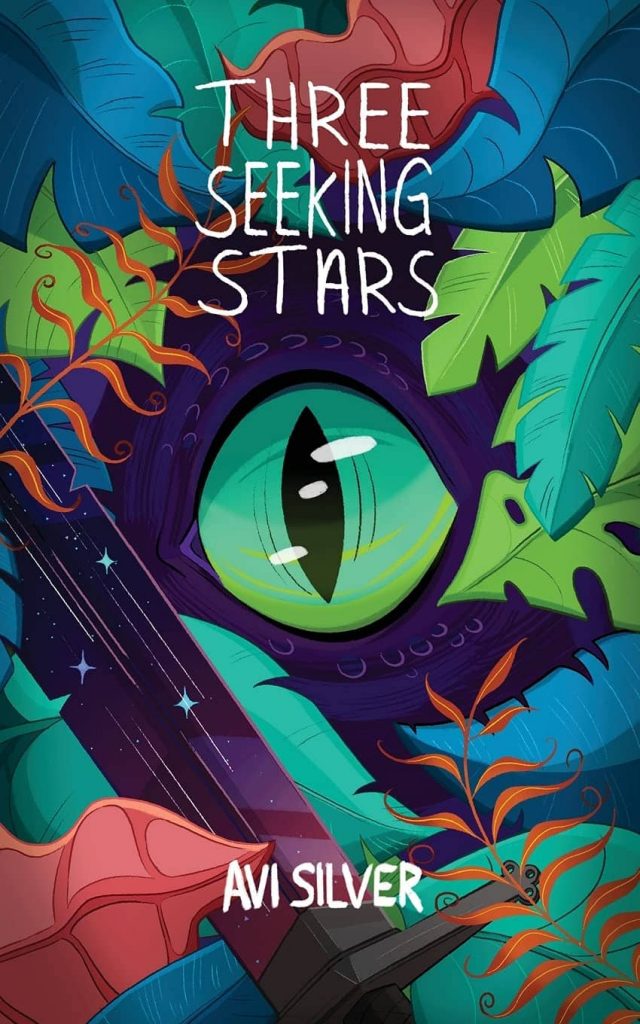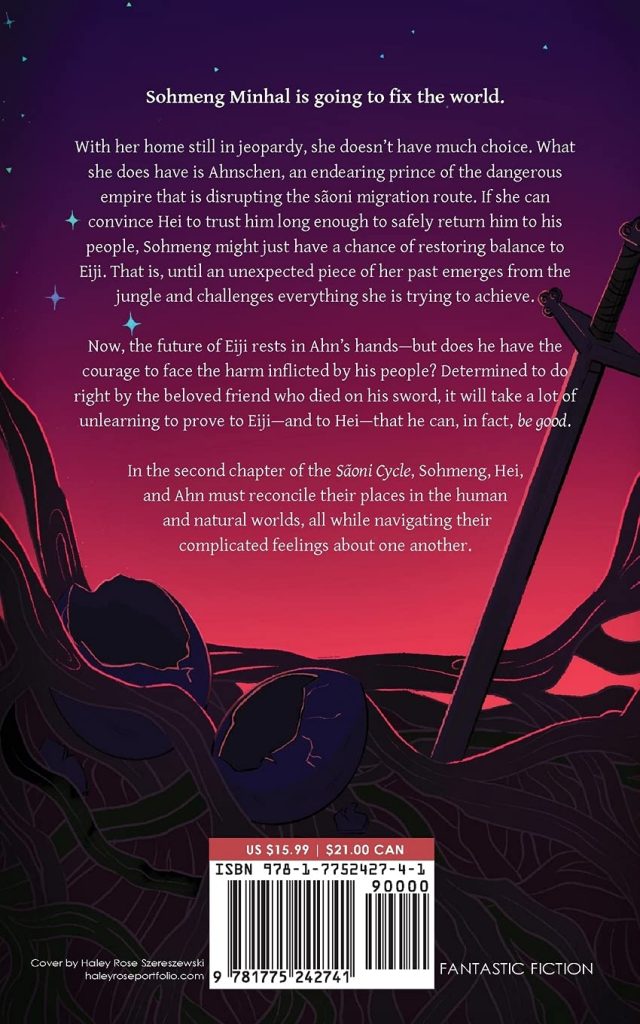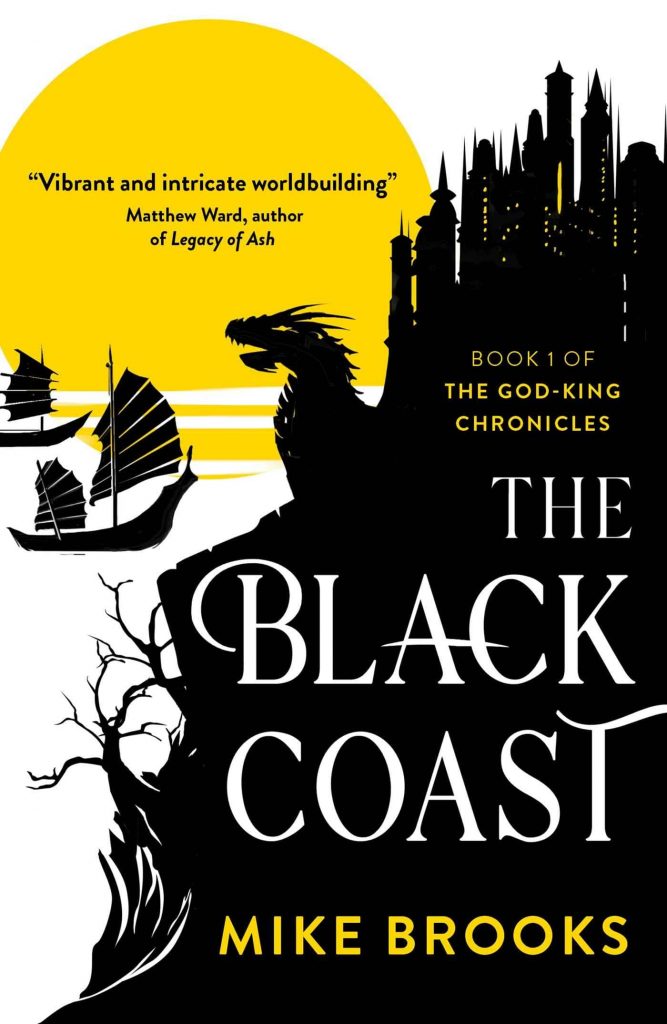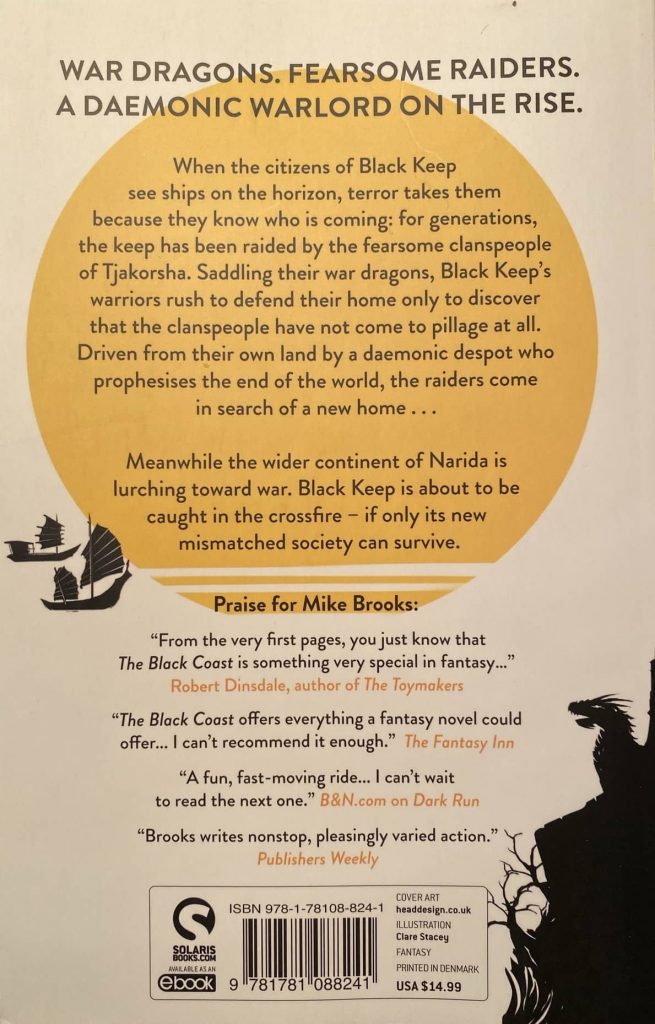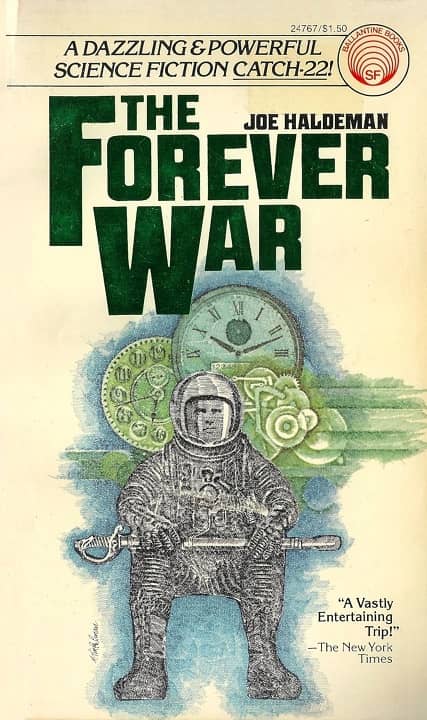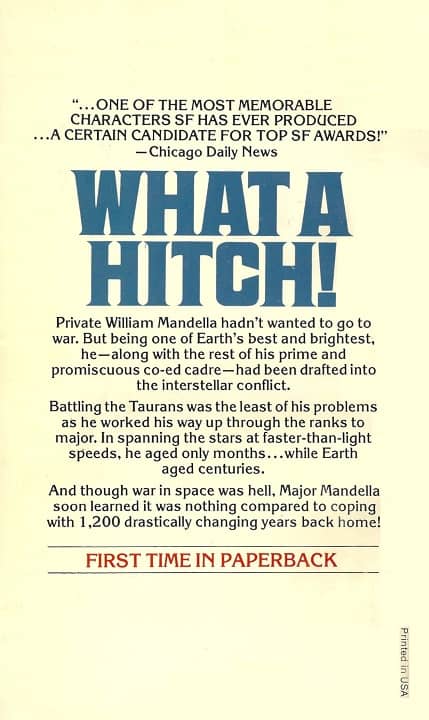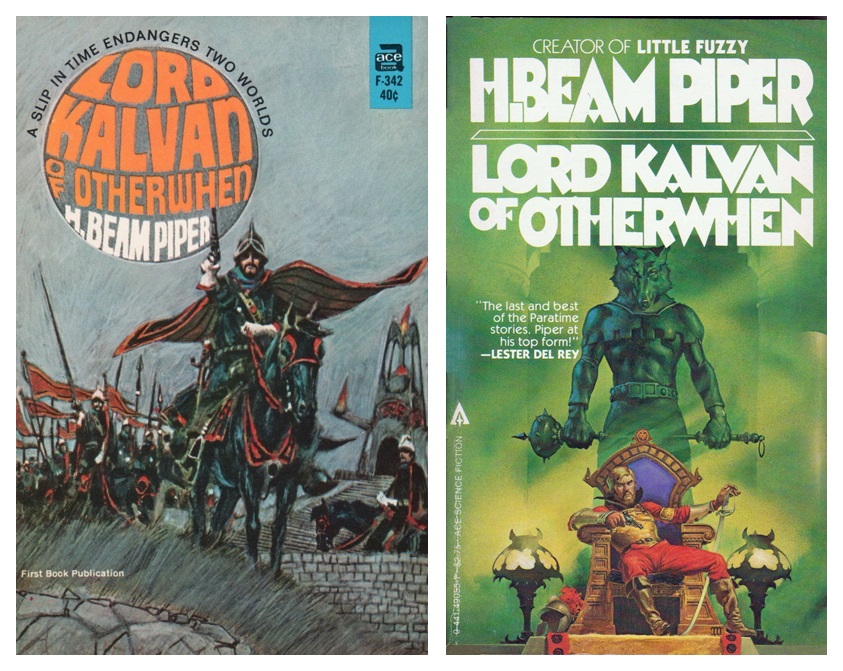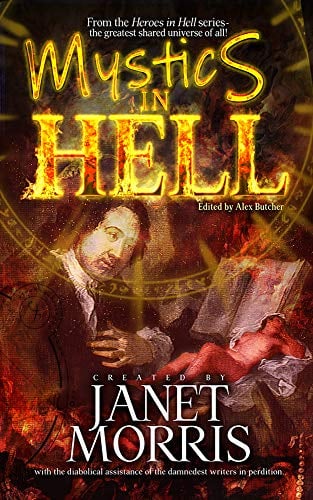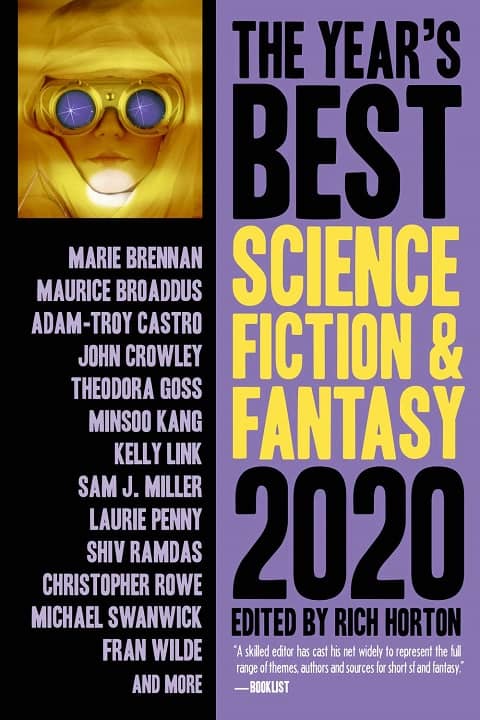Vintage Treasures: The Best Science Fiction of the Year #8 edited by Terry Carr
The Best Science Fiction of the Year #8 (Del Rey, July 1979)
Terry Carr died 34 years ago, in 1987. A whole generation of fans has arrived since his death, discovered science fiction, argued over the Star War sequels, and settled comfortably into middle age to raise contentious young SF fans of their own.
So fans today could be forgiven for not understanding how thoroughly Carr dominated the field during his lifetime. Before he died in 2018, Gardner Dozois was seen as the preeminent editor and taste-maker in 21st Century science fiction, winning the Hugo Award for Best Professional Editor a record-shattering 15 times, and editing 35 volumes of the perennially popular The Year’s Best Science Fiction. But in 1979, the year Best Science Fiction of the Year #8 appeared, that crown belonged to Carr, and he had no less than four books — including three Year’s Best — place ahead of Dozois’ own Year’s Best installment in the annual Locus Poll for Best Anthology.
